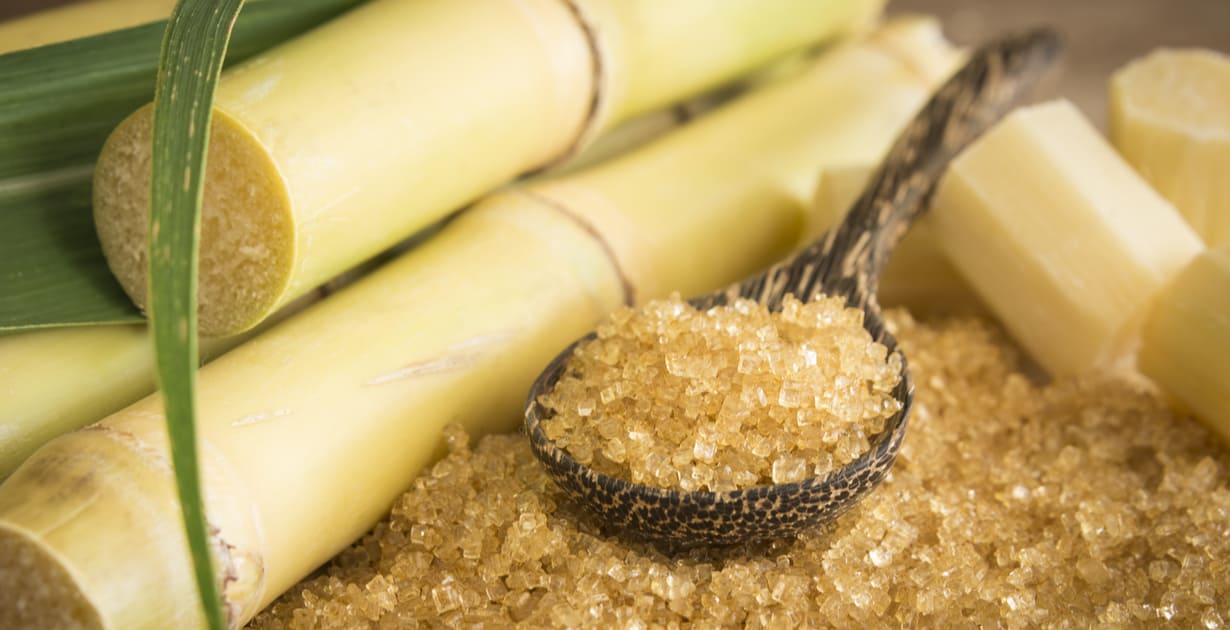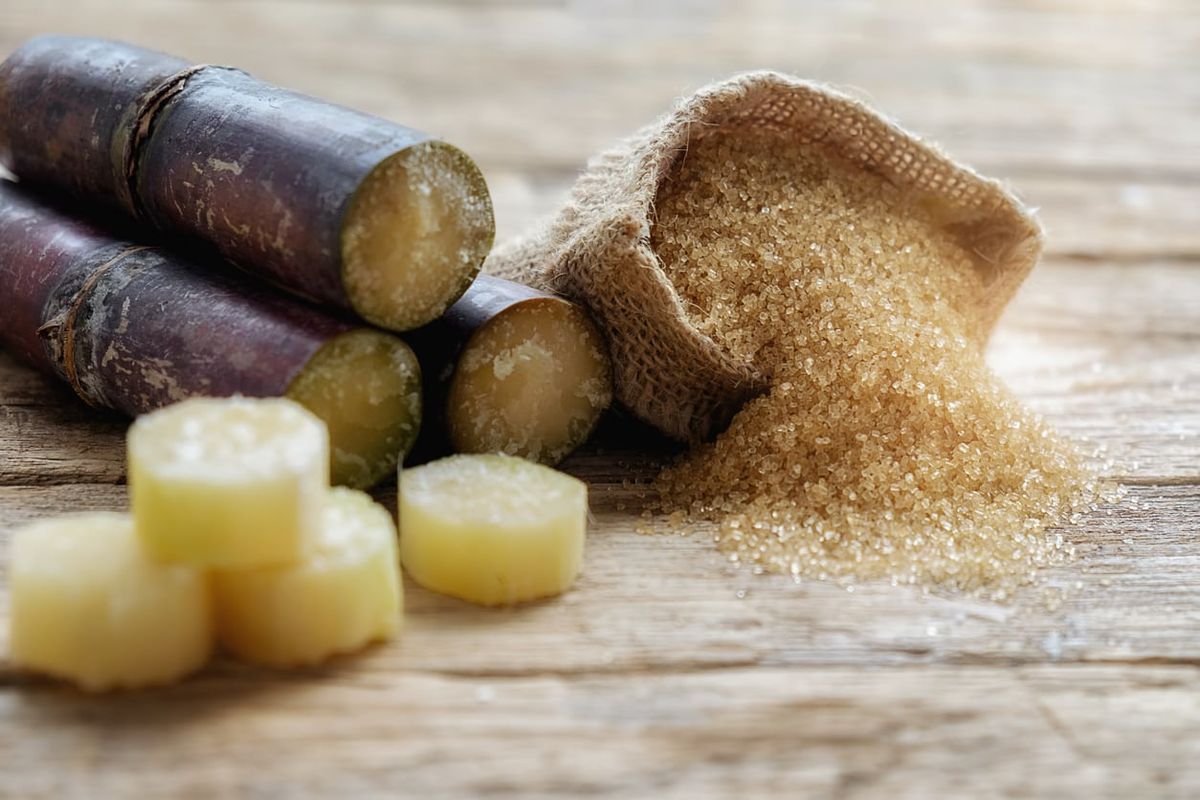Everything About Sugar Canes: What Are Sugar Canes Utilized For and Their Role in International Agriculture?
Sugar canes act as a foundation of global agriculture, mostly acknowledged for their duty in sugar manufacturing. They additionally contribute to the creation of spin-offs like molasses and ethanol. These elements not only support numerous sectors yet likewise impact financial security in rural regions. The growing of sugar walking canes encounters considerable environmental obstacles. Recognizing their diverse function motivates further exploration into their agricultural methods and sustainability initiatives.
The Agricultural Process of Sugar Cane Growing
Sugar walking stick cultivation may differ by area, the basic agricultural procedure stays constant. The first step involves picking high-yielding ranges ideal for local climates. Prep work of the dirt is essential, often calling for husbandry and the addition of plant foods to improve fertility. Growing commonly takes place throughout the stormy period, with farmers making use of either whole stalks or cuttings to develop brand-new crops.As the plants grow, they require thorough treatment, including weed control, pest administration, and irrigation, depending on the ecological conditions. Farmers check the sugar cane's development cycle, which generally covers 10 to 24 months, before collecting. Gathering is labor-intensive, typically carried out by hand or with specialized equipment, guaranteeing very little damages to the stalks. Adhering to harvest, the walking cane is moved to refining facilities. This precise cultivation process not only supports local economies yet additionally plays a substantial function in international agricultural techniques, adding to food and energy supplies.
Sugar Manufacturing: From Walking Stick to Crystal
The journey of sugar production starts the minute fresh gathered sugar walking cane comes to refining centers. The initial step involves chopping the walking stick and washing to prepare it for extraction. Utilizing high-pressure rollers, the juice is drawn out from the smashed walking cane, causing a sweet liquid recognized as sugarcane juice. This juice goes through information, where contaminations are removed via the enhancement of lime and heat.Next, the made clear juice is concentrated by boiling it to produce a thick syrup. This syrup is after that taken shape by cooling down, allowing sugar crystals to create. The crystallized sugar is separated from the remaining syrup, understood as molasses, via centrifugation.Finally, the sugar crystals are washed and dried, leading to the familiar granulated sugar (What Are Sugar Canes Used For). This process transforms raw sugar walking cane right into an item that is integral to different cooking and industrial applications, highlighting the significance of sugar in global agriculture
Biofuels and Sugar Canes: A Lasting Future
As the world progressively seeks lasting power solutions, sugar walking canes have arised as an encouraging source for biofuels. The biomass stemmed from sugar canes can be transformed right into ethanol, an eco-friendly fuel alternative that considerably decreases greenhouse gas discharges contrasted to fossil gas. This procedure not just supplies a cleaner energy source but likewise advertises power independence for numerous countries.In addition, sugar cane cultivation supports country economic climates by creating work in both farming and biofuel manufacturing markets. The use of sugar walking sticks for biofuel production additionally motivates agricultural diversity, which can boost dirt wellness and reduce dependency on solitary crops. The spin-offs of sugar cane processing can be made use of for electrical energy generation, in addition adding to a sustainable power cycle. As countries venture to meet renewable power targets, sugar walking canes are poised to play a vital role in forming a more lasting future in the biofuel landscape.

The Role of Sugar Canes in Beverage Manufacturing
Sugar walking sticks play a significant function in drink production, serving as a primary ingredient in rum and adding to the sweetness of several soft drinks. In addition, their all-natural juices are made use of in various beverages, enhancing flavor and allure. This flexibility emphasizes the value of sugar walking sticks in the global beverage sector.
Sugar Walking Stick in Rum
Rum manufacturing is delicately connected to the farming of sugar cane, a necessary plant that provides the required fermentable sugars required for fermentation. This process begins with the extraction of juice from collected sugar walking canes, which is after that either fermented directly or refined right into molasses. Yeast is contributed to convert the sugars into alcohol, causing a diverse series of rum designs, from light to dark ranges. The geographical area where the sugar walking cane is expanded significantly influences the taste account of the rum, with aspects such as soil kind and environment having fun critical functions. Nations like Barbados, Jamaica, and Cuba are renowned for their rum manufacturing, showing the historical and cultural relevance of sugar cane within the global drink industry.
Soft Drinks Sugar Resource

All-natural Juice Manufacturing Uses
Along with its considerable function in soda manufacturing, sugar walking cane is additionally critical in the natural juice market. The juice extracted from sugar walking stick, recognized as cane juice, is celebrated for its all-natural sweet taste and special taste profile. This juice is frequently consumed fresh in numerous areas, especially in tropical countries, where it is delighted in as a rejuvenating drink. Furthermore, cane juice serves as a base component in a series of natural fruit juices and shakes, improving both preference and nutritional worth. Its natural residential or commercial properties make it an attractive choice to synthetic sweeteners, interesting health-conscious customers. Overall, sugar walking cane's adaptability in juice production emphasizes its value in contemporary drink offerings worldwide.
Technologies in Sugar Walking Cane Byproducts
Technologies in sugar walking cane by-products are leading the way for lasting solutions in numerous sectors. Biofuels obtained from sugar walking stick offer an alternate energy resource, while innovations in lasting product packaging are lowering reliance on conventional products. These advancements highlight the flexibility and capacity of sugar walking cane past its main usage in drink production.
Biofuels From Sugar Walking Cane
Exactly how can the by-products of sugar cane add to lasting energy options? The conversion of sugar walking stick right into biofuels presents a promising method for sustainable power. By utilizing the coarse residue, referred to as bagasse, manufacturers can generate bioethanol via fermentation procedures. This bioethanol can serve as a sustainable alternative to nonrenewable fuel sources, decreasing greenhouse gas exhausts and dependence on non-renewable sources. In addition, molasses, another result, can be fermented to create biofuels, taking full advantage of resource performance. The energy produced from sugar cane not just gives a cleaner fuel resource however also improves the overall financial practicality of sugar manufacturing. By incorporating biofuel production right into their procedures, sugar cane sectors can play a crucial role in progressing sustainable energy services worldwide.
Lasting Packaging Solutions
Lasting product packaging solutions are increasingly being established from sugar cane by-products, showcasing the adaptability of this agricultural staple. Advancements such as biodegradable plastics stemmed from bagasse, the coarse residue left after juice extraction, are gaining traction. These products use a green alternative to conventional plastics, decreasing dependence on fossil gas and decreasing carbon impacts. Additionally, sugar cane-based packaging is compostable, damaging down normally without damaging the environment. Business are currently checking out these alternatives to align with customer need for sustainability. As awareness of plastic pollution grows, the fostering of sugar cane-derived product packaging is anticipated to climb, positioning sugar walking canes as a principal in the shift to greener product packaging remedies in different industries.
Economic Impact of Sugar Cane Farming

Sugar walking cane farming has deep roots in lots of economic climates, its Read Full Report economic effect prolongs far past agricultural manufacturing. This plant works as a considerable resource of revenue for millions of farmers worldwide, particularly in developing nations where farming is a key resources. Sugar cane adds to regional economies with job production in harvesting, processing, and farming. The sector likewise boosts development in related industries such as transport, devices manufacturing, and food processing.Furthermore, sugar cane is a crucial player in worldwide trade, influencing international markets and prices. Nations that create sugar walking cane frequently depend on exports to improve their financial security. The by-products of sugar walking cane, such as ethanol and molasses, expand earnings streams for farmers and include value to the agricultural field. Overall, the financial ramifications of sugar walking cane farming are extensive, impacting not only farmers but likewise entire communities and national economic situations.
Environmental Factors To Consider in Sugar Walking Stick Farming
While sugar walking stick farming plays a crucial duty in lots of economic situations, it likewise increases considerable ecological worries that can not be ignored. The considerable use fertilizers and chemicals in sugar walking stick farming typically causes soil deterioration and water air pollution. Drainage from these official website chemicals can pollute close-by water bodies, harming marine ecological communities. Additionally, the monoculture methods common in sugar walking cane farming decrease biodiversity, making communities much more prone to insects and diseases.Deforestation is an additional critical issue, as land is commonly gotten rid of to give way for sugar vineyards, bring about habitat loss for wildlife and boosted carbon exhausts. Furthermore, the high water usage required for sugar walking stick watering can stress neighborhood water resources, particularly in arid regions. As worldwide demand for sugar proceeds to climb, resolving these ecological obstacles ends up being important to ensure sustainable methods in sugar cane farming.
Often Asked Concerns
What Are the Nutritional Perks of Sugar Walking Cane?
The dietary benefits of sugar walking stick primarily include its high carb material, providing energy. In addition, it includes vitamins, minerals, and antioxidants that might sustain general wellness, though moderation is vital as a result of its sugar material.
Exactly How Does Sugar Cane Affect Citizen Ecosystems?
Sugar walking stick farming can significantly impact local environments by altering land usage, affecting biodiversity, and calling for substantial water sources. Furthermore, it might bring about soil degradation and pesticide overflow, interfering with bordering habitats and wildlife populations.
What Is the History of Sugar Walking Cane Growing?

Exist Alternatives to Sugar Cane for Sugar Manufacturing?
Alternatives to sugar cane for sugar manufacturing consist of sugar beets, corn, and different exotic plants like sorghum and agave (What Are Sugar Canes Used For). These crops offer varied sources of sweetness, each with distinct farming requirements and environmental effects
Just How Do Weather Patterns Influence Sugar Cane Returns?
Weather condition patterns substantially influence sugar walking cane returns with temperature fluctuations, rains quantities, and seasonal cycles. Drought or excessive rains can hinder growth, while perfect conditions boost photosynthesis, eventually impacting the quantity and top quality of the harvest. The journey of sugar production starts the moment freshly gathered sugar walking cane shows up at processing facilities. The crystallized sugar is divided from the staying syrup, see known as molasses, via centrifugation.Finally, the sugar crystals are washed and dried, resulting in the acquainted granulated sugar. Rum manufacturing is delicately linked to the cultivation of sugar walking stick, a crucial crop that offers the necessary fermentable sugars required for fermentation. In addition, the monoculture practices common in sugar walking stick farming minimize biodiversity, making ecological communities a lot more prone to insects and diseases.Deforestation is another critical concern, as land is typically gotten rid of to make way for sugar vineyards, leading to habitat loss for wild animals and increased carbon discharges. Alternatives to sugar walking cane for sugar manufacturing include sugar beets, corn, and various tropical plants like sorghum and agave.
Comments on “What Are Sugar Canes Used For in Modern Farming and Why It Matters”